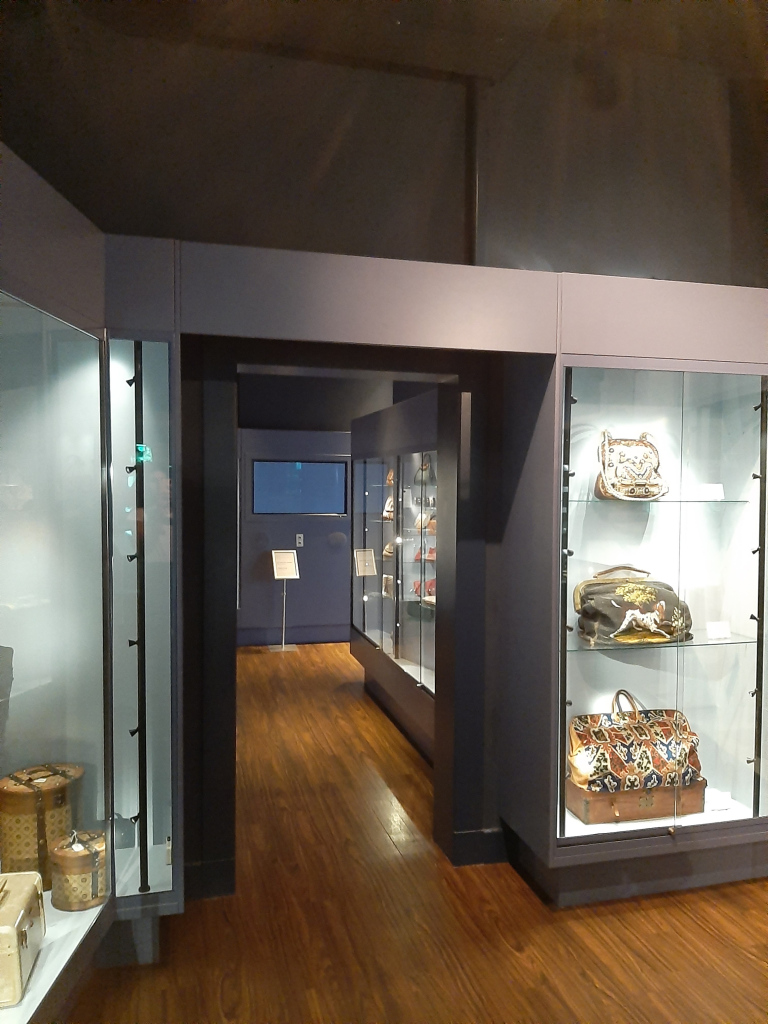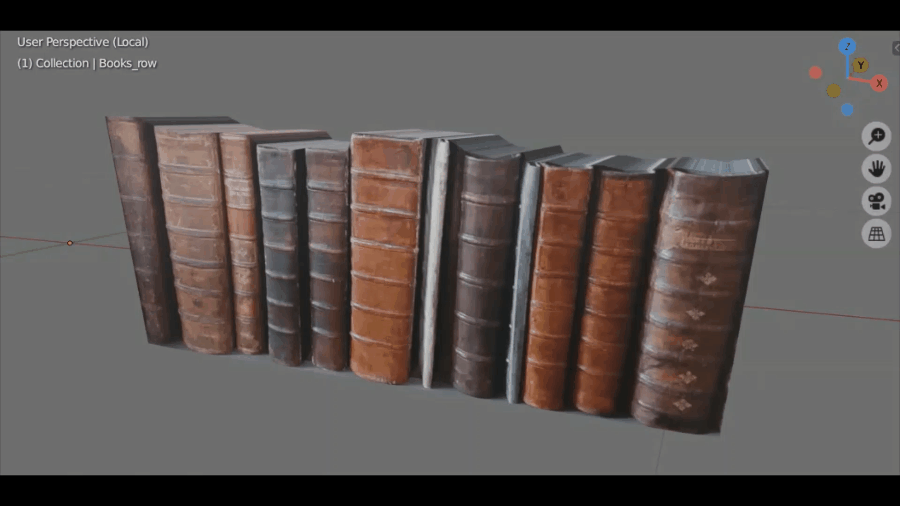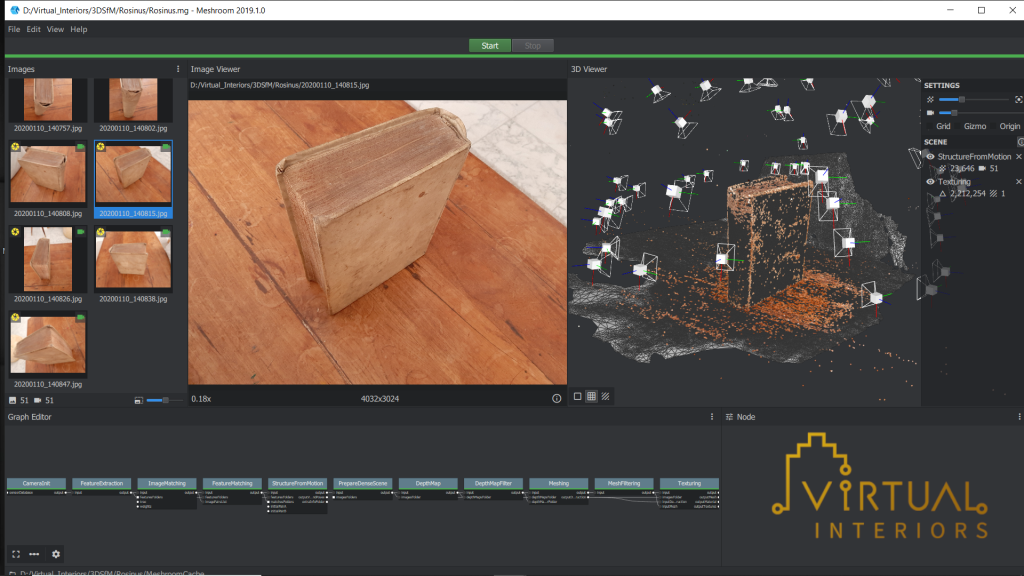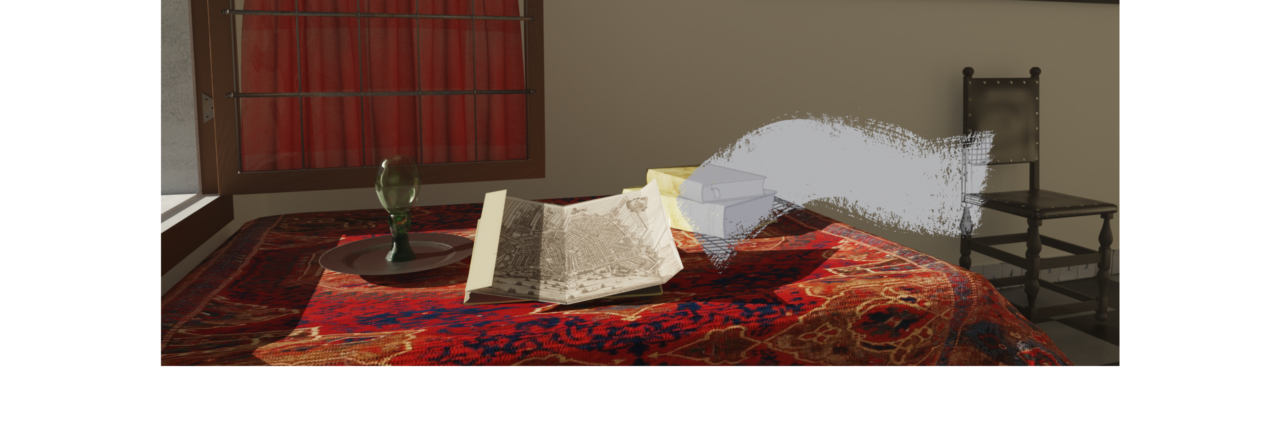L’une des meilleures manières de recréer la pensée d’un homme: reconstituer sa bibliothèque
-Marguerite Yourcenar
If we were to select only one feature typifying the 17th century Dutch Republic, we would certainly need to single out its thriving book culture. A cultural industry that was the largest in Europe at that time (see e.g. Dijstelberge and Verkruijsse 2010, 143; Hoftijzer 2015), the Dutch book sector produced a higher number and had a more internationally oriented market than the painting industry (Pettegree and der Weduwen 2019, 2). According to the estimated figures discussed in Pettegree and der Weduwen, paintings on the walls of Dutch homes would collectively amount to about 3 million pieces, while the book production would have reached as many as 300 million, with at least 4 million books traded at auctions (Pettegree and der Weduwen 2019, 1).
Within my postdoc project on Visualizing Amsterdam Interiors, the case study of Pieter de Graeff has offered us the opportunity to investigate the presence of this important product of the Dutch cultural industries at his house on the Herengracht 573. From the probate inventory of his properties, which was drawn up after his death in 1707, we know in fact that his home was equipped with a library (‘boeken kamer’). Thanks to a reference to this room in one of the passages of his almanacs, we can also pinpoint its location in the house with certainty, namely in the room above the entrance hall. The few items listed in the inventory point towards a simple furnishing, as we would expect for rooms of this kind, and an additional note written in smaller caps at the end of this section of the inventory reminds that a more specific list is to be made of the books that are present in this room and elsewhere in the house. Although this more detailed registration of books doesn’t seem to have survived, one copy of the De Graeff’s book auction catalogue is currently preserved at the National Library of Russia in St. Petersburg (fig. 1). Its digital copy is included in the Brill Book Sales Catalogues Online (BSCO), which gives access to thousands of facsimiles of book sales catalogues printed in the Dutch Republic before 1801. Until now overlooked in literature, this book catalogue comprises more than 2,300 titles, in several languages and covering a variety of subjects.

Reconstructing De Graeff’s book collection
Bart Reuvekamp and I have prepared an annotated transcription of the book catalogue, which is facilitating the quantitative and qualitative analysis of its content. We are also planning to make it available to other researchers through the DANS repository, in order to foster broader comparisons and quantifications across different book auction catalogues. With the collaboration of Leon van Wissen from the Golden Agents project, we aim in fact to further enrich this transcription with links to e.g. Wikidata and the Dutch National Thesaurus for Author Names (NTA). To this end, we added the corresponding VIAF identifier to each author in the catalogue, which both overcomes ambiguities in their identification (e.g. due to different spellings of an author’s name), and enables us to connect them to other resources. Titles will be moreover matched with the datasets of the STCN and Worldcat, which, besides offering an interesting technical challenge, will give us an idea about the amount and distribution of existing copies.
As well expressed by Marguerite Yourcenar in the quote at the beginning of this post, one of the best ways to recreate what one person thinks is to reconstruct their library. The books in the auction catalogue indeed clearly show an extensive attention for juridical and theological matters, and point to specific interests in historical events and geopolitical issues, as well as being indicative of the De Graeff’s political sympathies (a detailed analysis is in preparation). There are moreover several descriptions of faraway places, travel guides, manuals to learn foreign languages, and dictionaries. De Graeff’s library, encapsulating the 17th century microcosmos of knowledge, allowed travelling through time and places, exploring different locations and historical periods, and thus connected this small room in a house along one of the Amsterdam canals and its inhabitants with the broader international context.
Whomever works with book auction catalogues as primary sources is however confronted with the question as to what extent they are really representative of the book collection owned by the person advertised on their title page. For example, cases are known of publishers who, eager to sell their own stocks, included them in somebody else’s book catalogue (Van Eeghen 1978, 246). Were all the books in this catalogue really owned by Pieter de Graeff? And if so, how did they enter his collection? In addition, what other books did he own besides those that are listed? Thanks to the information we derived from archival documents and the De Graeff’s almanacs, we have sufficient evidence to shed light at least partially on these questions: We can not only prove that he kept books originally owned by several of his family members, but also clarify the circumstances under which some of the books in the book catalogue entered his collection. Through these documents, moreover, we are also able to pinpoint additional books that are not present in the catalogue, but that were in de Graeff’s hands at some point during his life, for example volumes that he lent to other family members or close acquaintances.
Reconstructing the physical space: De Graeff’s ‘boeken kamer’ at Herengracht 573
Besides reconstructing the content of De Graeff’s library, the other complementary aspect of this research was to reconstruct the physical space where (at least some of) these books were kept in his house. As already mentioned in a previous post, none would guess that a library existed at this location in the 17th century, given the numerous modifications that this space underwent over the course of several generations, and its different uses for which it has been destined (from domestic to exhibition space, as shown in fig. 2). The aim of the 3D reconstruction hypothesis (fig. 3) was therefore first of all to help visualize the original function of this area. In addition, it provided a way to suggest a rough estimate of the number of volumes that could be kept in there, thus giving us also an idea about how many would have been stored elsewhere in the house. The starting point has been the collection of evidence of similar contemporary libraries and study rooms depicted in paintings and engravings, as well as the comparison with the Thysiana library, a slightly earlier, still preserved, example in Leiden.[1] The Thysiana has been especially useful to check the thickness of the shelves and the number of books on each shelf, which are arranged according to their format.


As in the case of the reconstruction of the entrance hall (‘voorhuys’), ‘intellectual transparency’ in the reconstruction process plays an important role in this research (see Piccoli, forthcoming). In this case, besides a color-coded visualization of uncertainty, this issue is dealt with by proposing alternative reconstruction hypotheses (e.g., of the position of the closet, which I cannot derive with certainty from the inventoried list of objects in this room, and of the appearance of the shelves, which in one reconstruction is based on those in the Thysiana, while in another is rendered with a simpler wooden frame as often depicted in other visual sources). The thesis project of Alessandro Pantò, a student of the MSc in Computer Science at the Leiden University (LIACS), will allow us to explore the potential of the game engine ‘Unreal’ to create a VR-based walk-through of this room, which takes into consideration also how to convey the uncertainty in the visualization.[2]
Behind the scenes of the 3D modelling process: strategies to create the books in the library
One of the modelling challenges posed by this room was the need to create all the books that filled up the shelves: modelling them one by one in detail would be not only too time consuming, but would also lead to an excessively high polygon count, which can be problematic when using the model for real time interaction. I therefore modelled the rows of books as two-sided simple geometries and relied solely on the pictures taken at the Thysiana of their spines to give the impression of their details and volumetric properties. Figure 4 illustrates the result of this technique.

For the books I put on top of the closet, near the window, a more detailed geometrical representation was needed. For this reason, I used another technique called ‘Structure from Motion’ (SfM), which allows the estimation and reconstruction of the 3D geometry of an object from a series of pictures. To this end, I took several overlapping pictures of books from different perspectives, and used them as input in the open source photogrammetry software Meshroom, which, with some tweaking of the default parameters, allowed the creation of highly detailed 3D models (figs. 5 and 6). The models are then optimized in Blender and Meshlab. An example of the results is available for download following the link in the caption of fig. 6.


Future outlook
Unfortunately the ‘Museum of Bags and Purses’ has been closed as a result of the corona crisis, which has halted our plans to make available these 3D reconstructions at their original location in the future. These digital assets will however remain as geospatial interfaces to visualize the reconstruction hypotheses of this domestic space, and will give access to the structured web of data underlying their creation. Ultimately, in fact, all these sources and the datasets will be linked to the 3D reconstruction of this room via the web-based viewer that Hugo Huurdeman is designing in the context of this project. The viewer will allow the user to experience the 3D reconstruction in both desktop and VR-mode, and is aimed at intellectual transparency by providing various options to access additional information about the reconstruction process: from a color-coded overlay displaying the degree of uncertainty in the reconstructed 3D environment, to the possibility to explore both its underlying sources and additional linked datasets.
Works cited
P. Dijstelberge and P.J. Verkruijsse 2010. ‘Een schitterend moeras: boek en wereld in de zeventiende eeuw’. In Jaarboek voor Nederlandse Boekgeschiedenis 17, 141-170.
P.G. Hoftijzer 2015. ‘The Dutch Republic, Centre of the European Book Trade in the 17th Century’, consulted at http://ieg-ego.eu/en/threads/backgrounds/the-book-market/paul-g-hoftijzer-the-dutch-republic-centre-of-the-european-book-trade-in-the-17th-century
A. Pettegree and A. der Weduwen 2019. The Bookshop of the World. Making and Trading Books in the Dutch Golden Age. Yale University Press.
C. Piccoli (forthcoming). ‘Home-making in 17th century Amsterdam: A 3D reconstruction to investigate visual cues in the entrance hall of Pieter de Graeff (1638-1707)’, in G. Landeschi and E. Betts (eds.), Capturing the senses: digital methods for sensory archaeologies, Springer.
I. H. van Eeghen 1978. De Amsterdamse boekhandel 1680-1725. Deel 5. De boekhandel van de Republiek 1572-1795, Amsterdam.
[1] I would like to thank Paul Hoftijzer, curator of the Thysiana and professor of Book History in Leiden, for the time he made available to discuss both the content and the appearance of De Graeff’s library and for his useful observations and feedback. Thanks also to Gabri van Tussenbroek for checking the structural elements of the reconstructed room.
[2] Alessandro contributed also to the 3D modelling of some objects in the room, specifically a first version of the window, one reconstruction hypothesis of the shelves, and the closet. His thesis is supervised by Maarten Lamers (LIACS) and myself.

